Intro
The human papillomavirus (HPV) is a widespread sexually transmitted infection that can lead to various health issues, including cervical cancer. With over 100 different strains of the virus, it is essential to understand the different HPV testing methods available to diagnose and manage the infection. HPV testing is a crucial tool in the prevention and early detection of cervical cancer, and it has become a standard practice in many healthcare settings. In this article, we will delve into the world of HPV testing, exploring the different methods, their benefits, and their limitations.
HPV testing is not only essential for women but also for men, as they can be carriers of the virus and transmit it to their partners. The Centers for Disease Control and Prevention (CDC) estimates that nearly all sexually active people will contract HPV at some point in their lives. However, most people will clear the infection on their own, and only a small percentage will develop health problems. Despite this, it is crucial to understand the different HPV testing methods to ensure early detection and prevention of related health issues.
The importance of HPV testing cannot be overstated, as it can help identify individuals who are at risk of developing cervical cancer or other health problems. Early detection is key to effective treatment and management of the infection. Moreover, HPV testing can also help identify individuals who are carriers of the virus, allowing them to take steps to prevent transmission to their partners. With the various HPV testing methods available, it is essential to understand the benefits and limitations of each to make informed decisions about testing and treatment.
Types of HPV Testing Methods
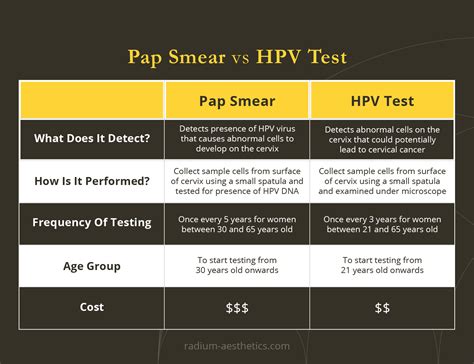
There are several HPV testing methods available, each with its own set of benefits and limitations. The most common types of HPV testing methods include:
- Pap Test: A Pap test, also known as a Pap smear, is a procedure that involves collecting cells from the cervix to detect abnormal cell changes. While not specifically an HPV test, a Pap test can help identify cell changes that may be caused by HPV.
- HPV DNA Test: An HPV DNA test detects the genetic material (DNA) of the virus in cervical cells. This test can identify high-risk HPV types that are associated with cervical cancer.
- HPV RNA Test: An HPV RNA test detects the genetic material (RNA) of the virus in cervical cells. This test can also identify high-risk HPV types and is often used in conjunction with the HPV DNA test.
- VIA (Visual Inspection with Acetic Acid): VIA is a low-cost, simple screening method that involves applying acetic acid to the cervix to detect abnormal cell changes.
How HPV Testing Methods Work
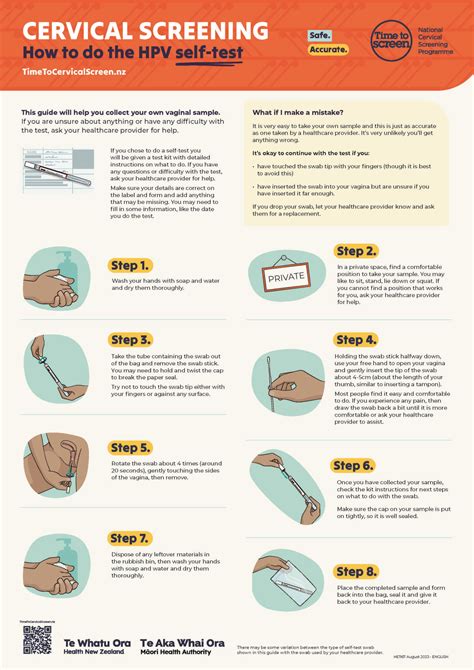
Each HPV testing method works differently, but they all aim to detect the presence of HPV or abnormal cell changes in the cervix. Here's a brief overview of how each method works:
- Pap Test: A Pap test involves collecting cells from the cervix using a spatula or brush. The cells are then sent to a laboratory for analysis, where they are examined for abnormal cell changes.
- HPV DNA Test: An HPV DNA test involves collecting cells from the cervix using a brush or swab. The cells are then sent to a laboratory, where they are analyzed for the presence of HPV DNA using a technique called polymerase chain reaction (PCR).
- HPV RNA Test: An HPV RNA test involves collecting cells from the cervix using a brush or swab. The cells are then sent to a laboratory, where they are analyzed for the presence of HPV RNA using a technique called reverse transcription PCR (RT-PCR).
- VIA: VIA involves applying acetic acid to the cervix, which causes abnormal cells to turn white. The cervix is then visually inspected for any abnormal cell changes.
Benefits and Limitations of HPV Testing Methods
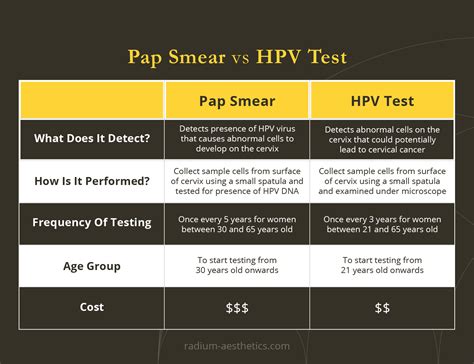
Each HPV testing method has its own set of benefits and limitations. Here are some of the key advantages and disadvantages of each method:
- Pap Test:
- Benefits: Low-cost, widely available, and can detect abnormal cell changes.
- Limitations: May not detect all cases of HPV or cervical cancer, and can produce false-negative results.
- HPV DNA Test:
- Benefits: Highly sensitive and can detect high-risk HPV types, can be used for primary screening.
- Limitations: May produce false-positive results, and can be expensive.
- HPV RNA Test:
- Benefits: Highly sensitive and can detect high-risk HPV types, can be used for primary screening.
- Limitations: May produce false-positive results, and can be expensive.
- VIA:
- Benefits: Low-cost, simple, and can be used in low-resource settings.
- Limitations: May not be as sensitive as other methods, and can produce false-negative results.
Who Should Get Tested for HPV
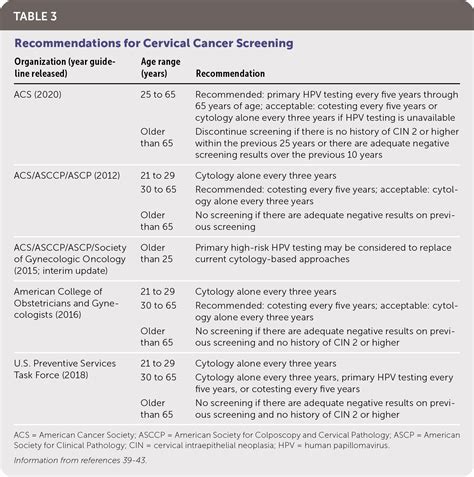
The CDC recommends that all women between the ages of 21 and 65 get tested for HPV every 3 years. However, the testing guidelines may vary depending on factors such as age, medical history, and risk factors. Here are some general guidelines:
- Women under 21: Not recommended for routine HPV testing.
- Women 21-29: Pap test every 3 years.
- Women 30-65: HPV DNA test or Pap test every 3 years.
- Women over 65: Not recommended for routine HPV testing, unless they have a history of cervical cancer or abnormal Pap test results.
What to Expect During an HPV Test
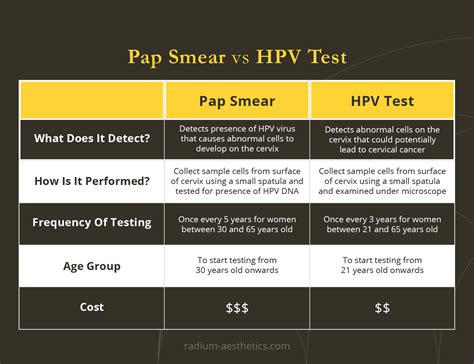
An HPV test is a relatively simple and quick procedure. Here's what you can expect:
- Preparation: You will be asked to undress from the waist down and lie on an examination table.
- Specimen collection: A healthcare provider will collect cells from your cervix using a brush or swab.
- Test results: The cells will be sent to a laboratory for analysis, and the results will be available within a few days.
Understanding HPV Test Results
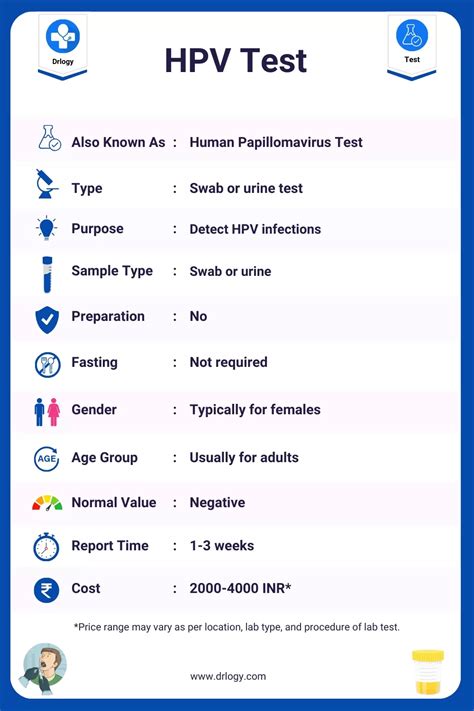
HPV test results can be confusing, but here's a general overview of what you can expect:
- Negative results: No HPV or abnormal cell changes were detected.
- Positive results: HPV or abnormal cell changes were detected.
- Abnormal results: Abnormal cell changes were detected, but it's unclear if they are caused by HPV.
- Inconclusive results: The test results are unclear or cannot be interpreted.
Next Steps After an HPV Test
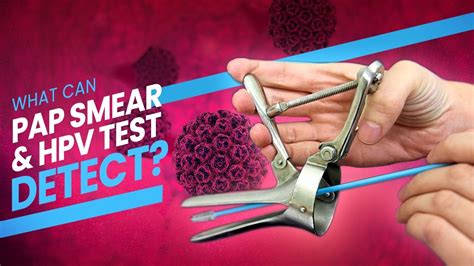
If you receive an abnormal or positive HPV test result, your healthcare provider may recommend further testing or treatment. Here are some possible next steps:
- Colposcopy: A procedure that uses a special microscope to examine the cervix for abnormal cell changes.
- Biopsy: A procedure that involves removing a sample of tissue from the cervix for further examination.
- Treatment: Depending on the severity of the abnormal cell changes, treatment may involve removal of the affected tissue or other procedures.
What is the difference between an HPV test and a Pap test?
+An HPV test detects the genetic material of the virus, while a Pap test detects abnormal cell changes in the cervix.
How often should I get tested for HPV?
+The CDC recommends that all women between the ages of 21 and 65 get tested for HPV every 3 years.
What are the risks of HPV?
+HPV can cause cervical cancer, as well as other health problems such as genital warts and anal cancer.
Can men get tested for HPV?
+Yes, men can get tested for HPV, although it is not as common as testing for women.
Is there a cure for HPV?
+There is no cure for HPV, but most people will clear the infection on their own, and treatment is available for related health problems.
In conclusion, HPV testing is a crucial tool in the prevention and early detection of cervical cancer and other health problems. By understanding the different HPV testing methods, their benefits, and their limitations, individuals can make informed decisions about their health. If you have any questions or concerns about HPV testing, be sure to speak with your healthcare provider. Additionally, we encourage you to share this article with others, and to comment below with any questions or thoughts you may have. Together, we can work towards a future where HPV-related health problems are a thing of the past.
